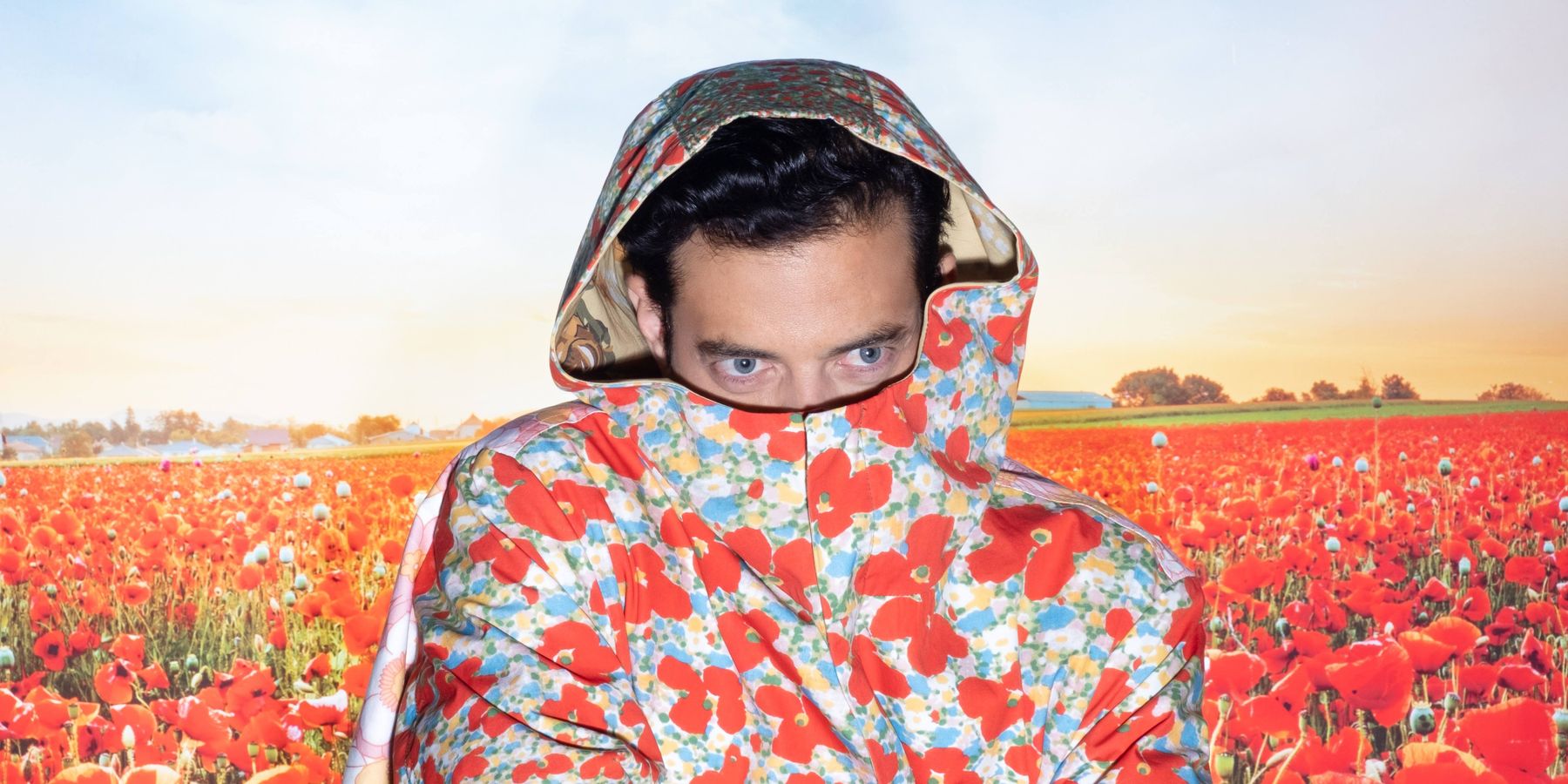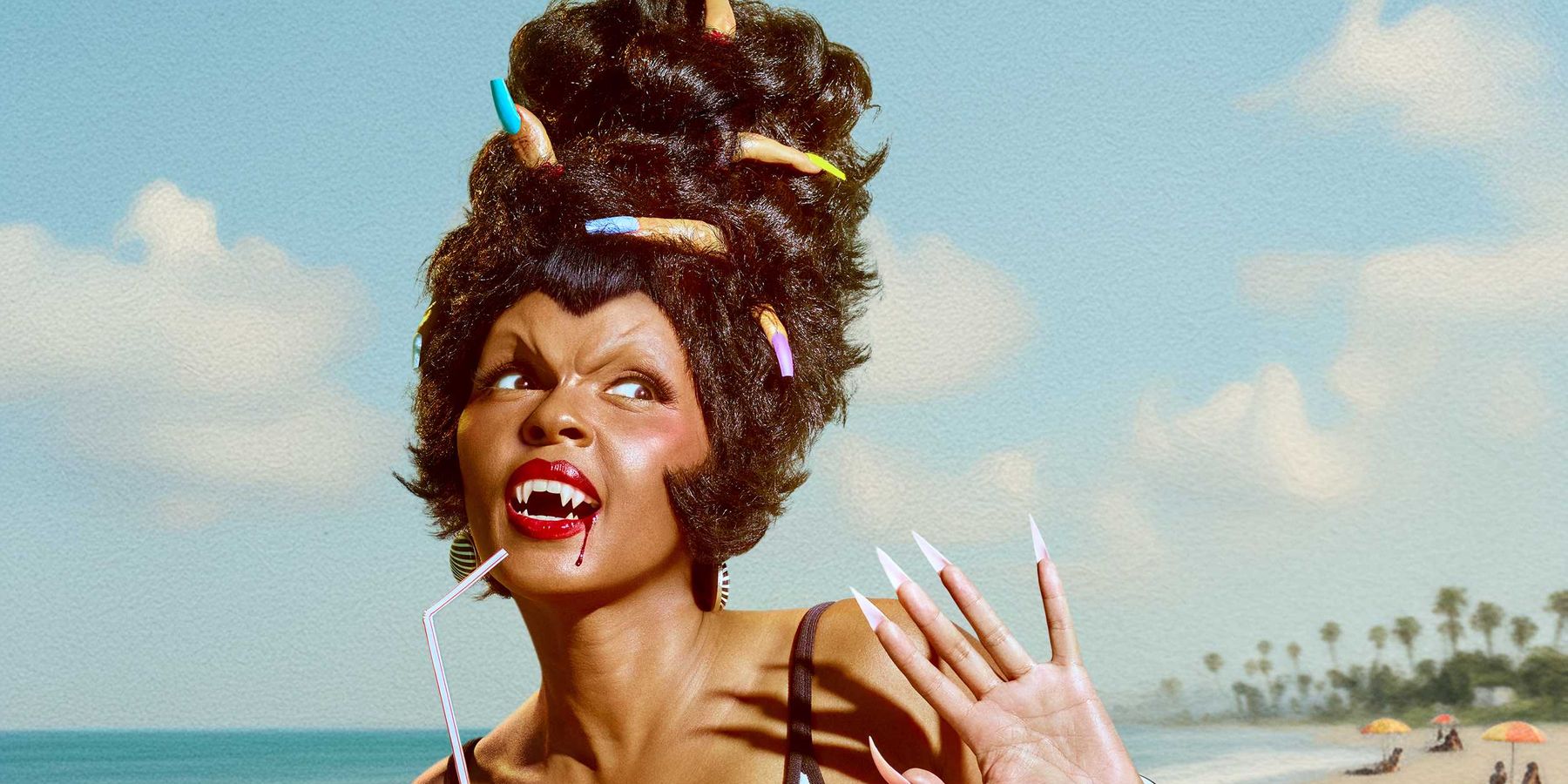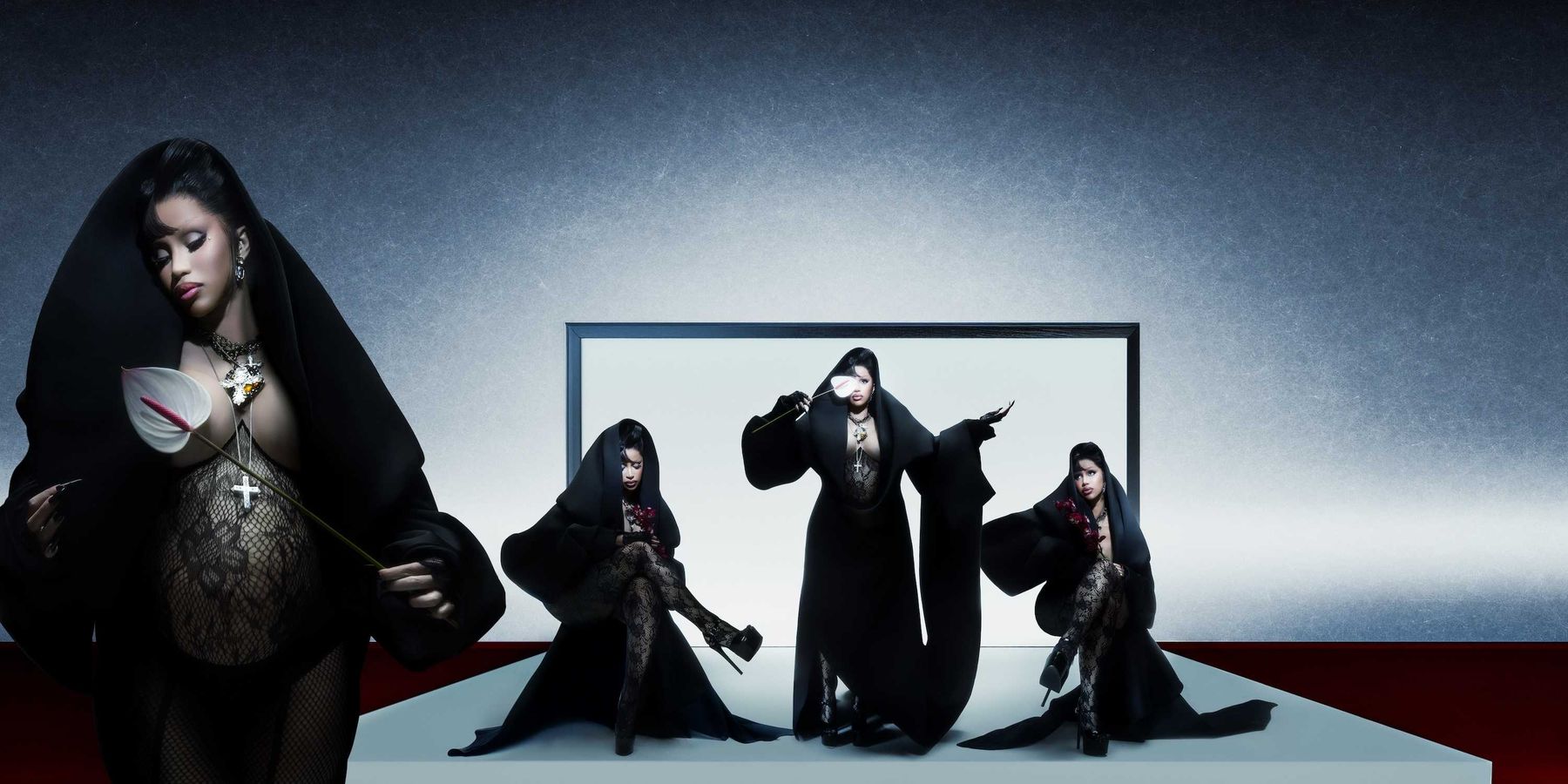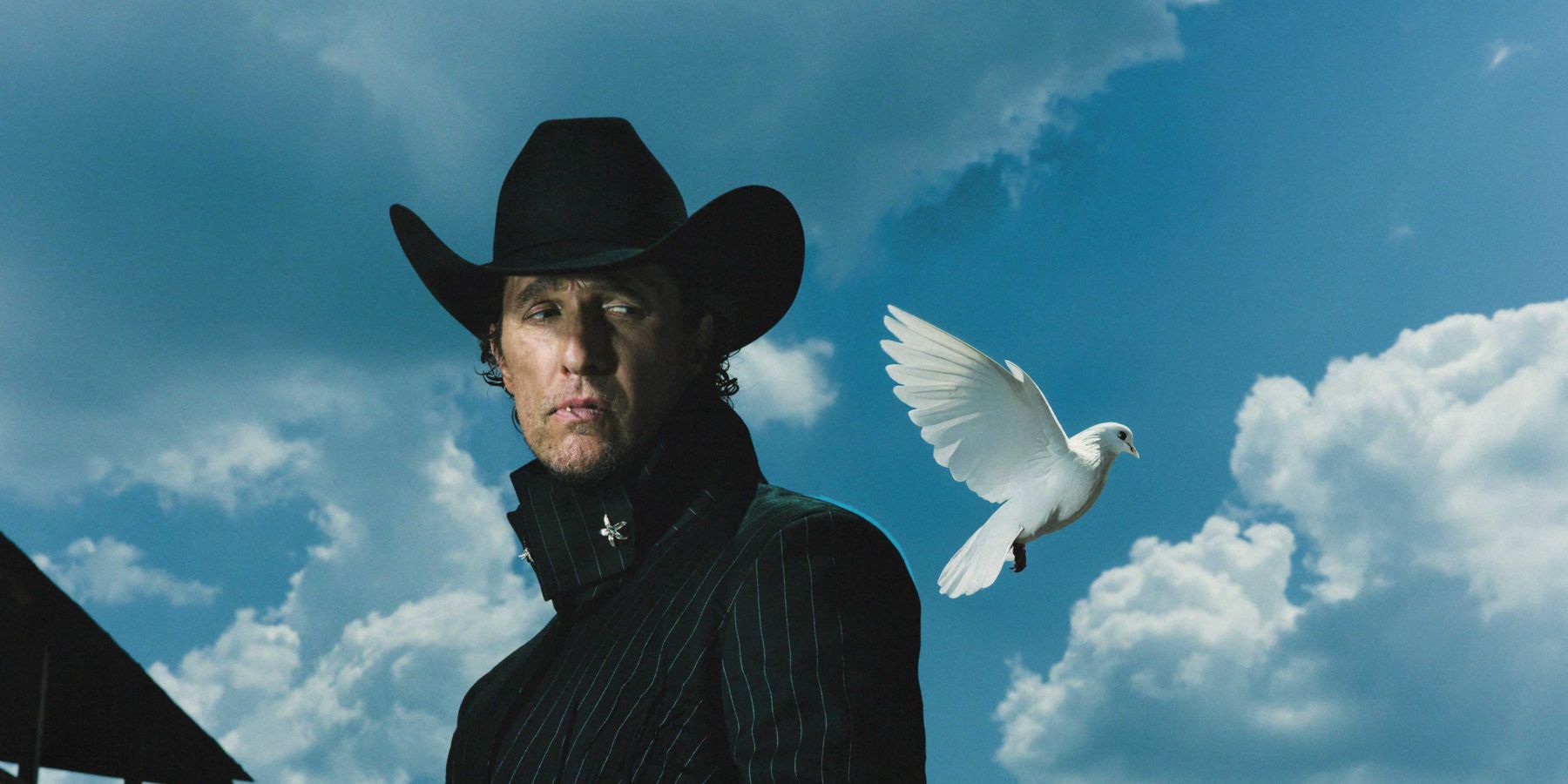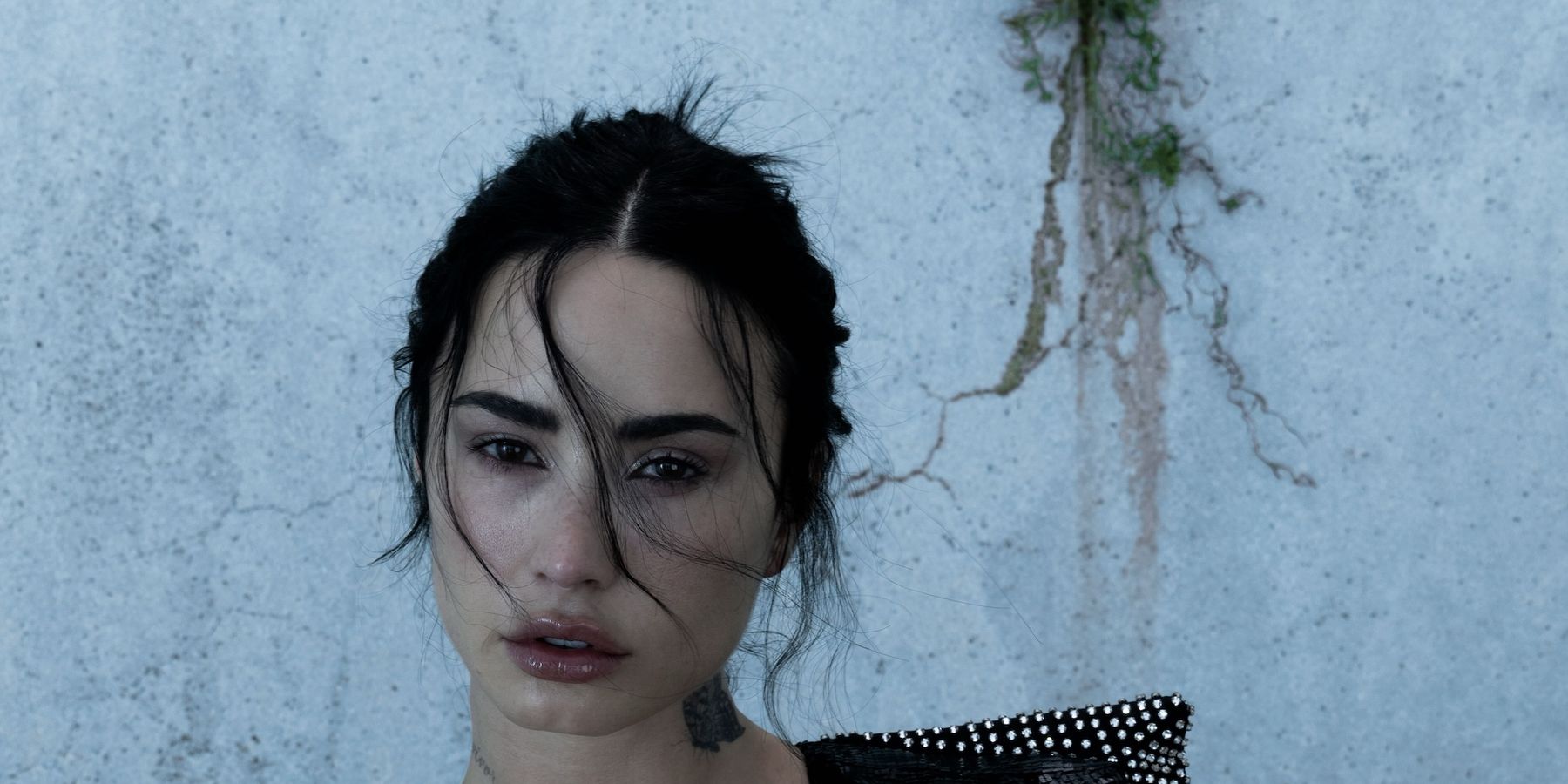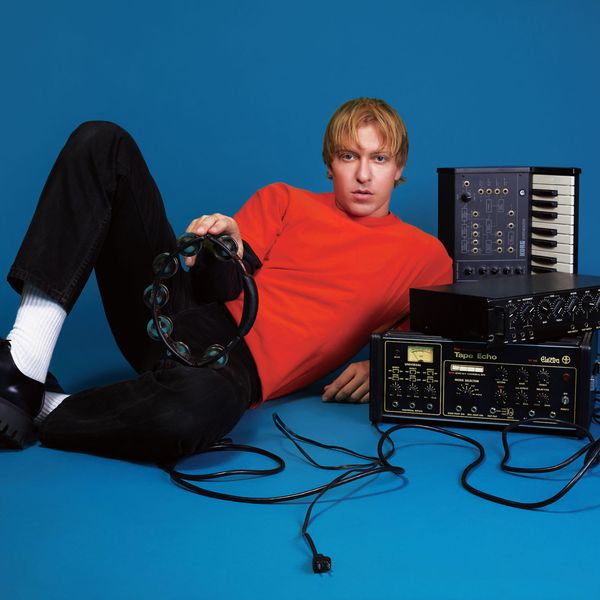
The Drums' Jonny Pierce Reveals It All
Nov 30, 2023
It’s Jonny Pierce’s first interview since releasing his most intimate and vulnerable album to date, Jonny, and he’s experiencing an emotion he likens to “postpartum depression.” “It feels a bit like that,” he tells PAPER over a video call. “Like, I had been holding this baby inside of me. Actually, in our campaign, we were slowly releasing singles for about nine months, so there were all these correlations in my brain that made it feel like birth.”
But the labor of love wasn’t born intentionally. In fact, he had no plans of releasing the music he’d been working on. But, as he was “practicing patience” his label was “practicing impatience.” “They were ready for some music,” Pierce says. “I told them ‘I do have music but it’s not ready for the world to hear’. I didn’t see the songs as an album, they felt disconnected from each other.” Some of the tracks Piece was working on were electronic and dancey, others were soft and gentle. The lyrics also contradicted one another, with songs that varied in topic from hope to hopelessness and moments that focused on heartbreak up against stories that leaned in on the unbridled bliss of falling in love.
Despite the lack of a cohesive theme, Jonny started to come together. “I had all these different parts in me that started emerging because I wasn't shutting them down,” Pierce says. “I made space for these different parts of me I had never known or seen.” He began embracing all aspects of himself, even the parts he hadn’t known or up until that point had been afraid of. What emerged were 15 tracks that reflected each part of The Drums lead singer's life. “It's really how I wrote this album,” he says. “Each part of me had their own song to voice how they felt.”
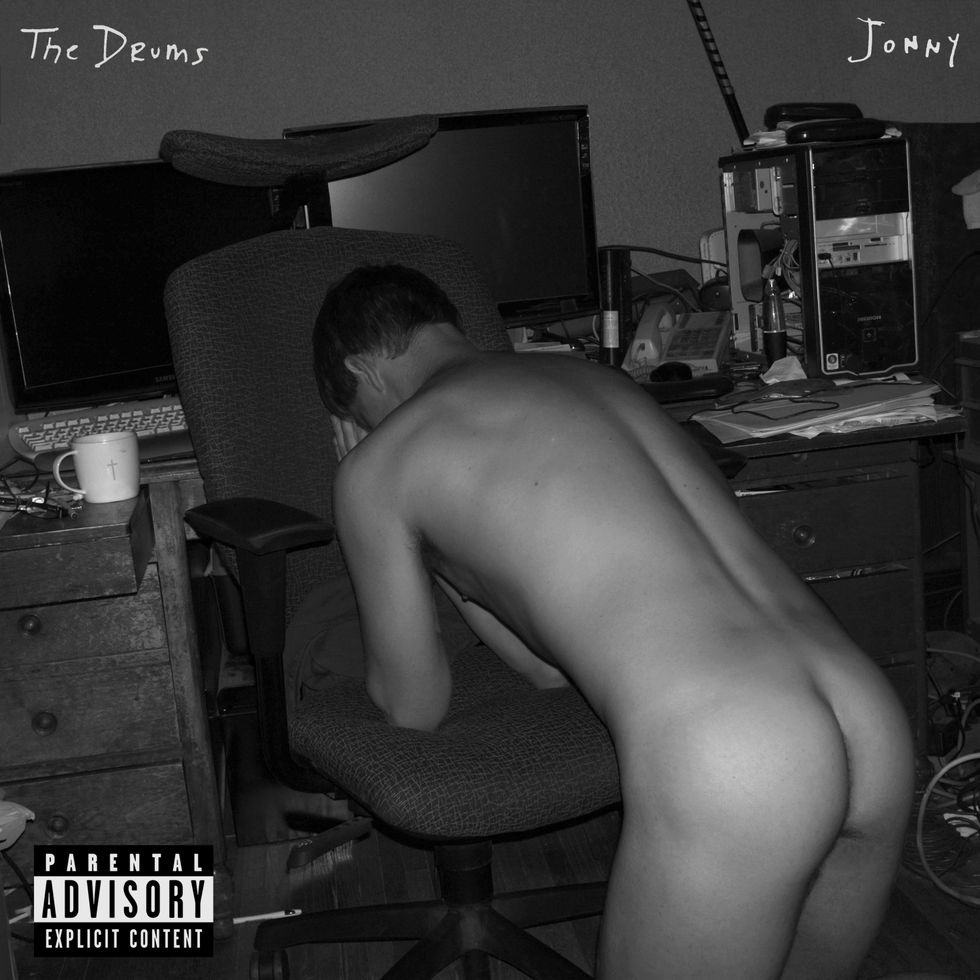
Not only did Pierce reveal hidden parts of himself through the album’s words and arrangements but also through its visuals. The album’s cover depicts a self-portrait of Pierce standing naked in his father’s office. It’s among a series of photos he took after deciding to drive to upstate New York and break into his childhood home. “I was almost not there,” he says of the flow state he entered after going back to the place he grew up. “There was something purely subconscious. [I was] giving into what was pulling me.”
He knew he wanted to go document something about his past and with a camera in tow, and his wheels turning. “I had no idea where I would actually go,” he recalls. “I drove by the house, my childhood home, and found myself turning into driveway. I found myself scaling the house, jumping on this patch of roof and then into my childhood bedroom window. I started taking photos of myself naked in different parts of the house that were of great significance, whether it was a really strong vivid memory, or it was a place of trauma, usually the ladder.” The photos aid in the story of Jonny, reflecting the acceptance of each part of himself and each experience that led to the moment he is in today.
Below, Pierce talks to PAPER about the formation of Jonny the album and the artist, and how the artwork, songs and process behind his latest work allowed him to come home to himself.
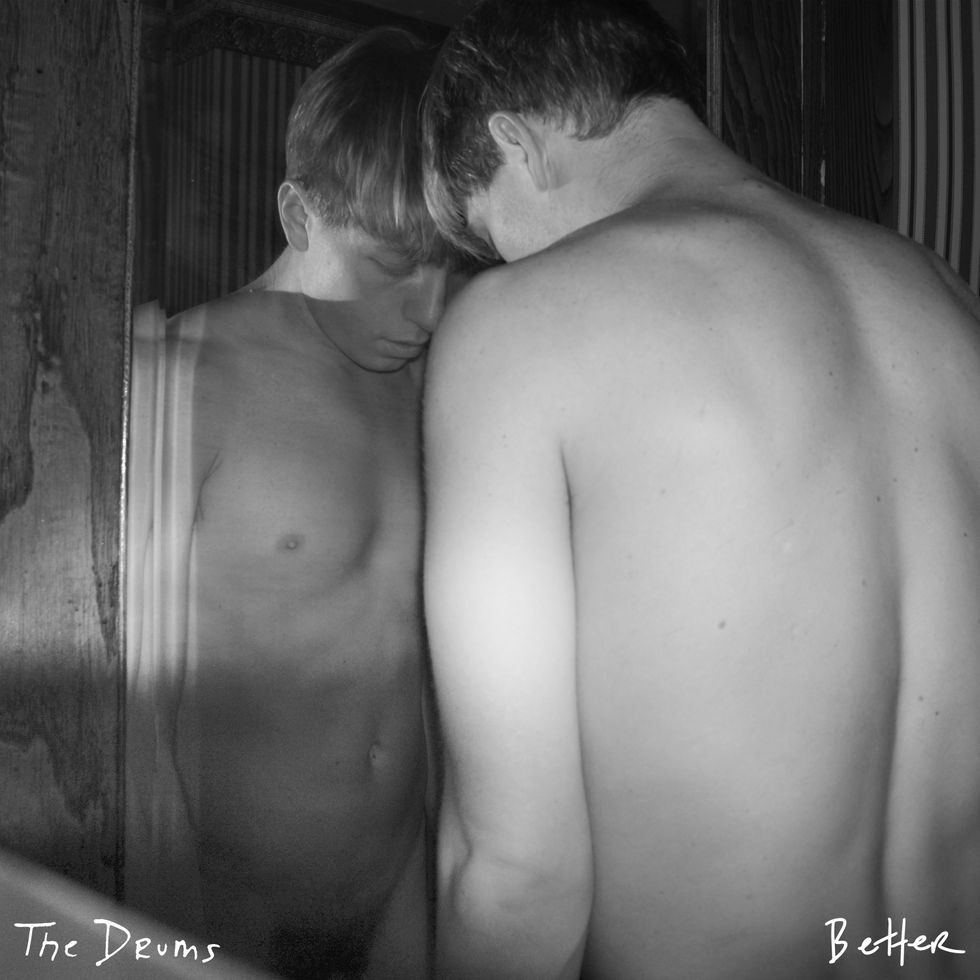
I read that when you started writing Jonny you were creating it for yourself but eventually decided to share it with the world. What was the thought process behind that? How did you get to a place where you were comfortable sharing the album?
There was something I was carrying in me, that was just mine and made up of all the things that make me who I am. I didn't anticipate how hard it would hit, the kind of emotional dropout or the energy dropout when the clock strikes midnight and suddenly, the whole world gets to have what you've only had for yourself. I underestimated how much that shift would affect me emotionally. I'm just now coming out of this complex rush of emotions that really took over for a couple of weeks. It's interesting because I love this album and I also see this album being loved, it's all beautiful. I've said what I needed to say and I put it into the world, and people are connecting to it and responding to it in the way I hoped they would. But then there's this sad thing happening in me that it's not just mine anymore, you know?
This was the first album I wrote without knowing I was writing it. I was trying this new thing where I was listening to my body and my spirit and being sensitive about my heart and letting those things lead me, which is very different from my process with any other work I've ever made. [With previous albums] I would get utilitarian in the studio and work really hard. I was always so determined to write songs and finish the album and make it great. With this album, the only goal I had was to listen to my art and to record only when my heart wanted to record and say the things my heart wanted to say. There wasn't a big plan to make an album. Actually, when I was making the songs, I really thought they were an exercise of listening to my creative heart and my artistic heart as well. It was almost just part of my therapeutic practice. I thought these were songs for me and that I would begin an album soon. It was so beautiful that my subconscious was guiding this album, it knew what to write and what needed to happen.
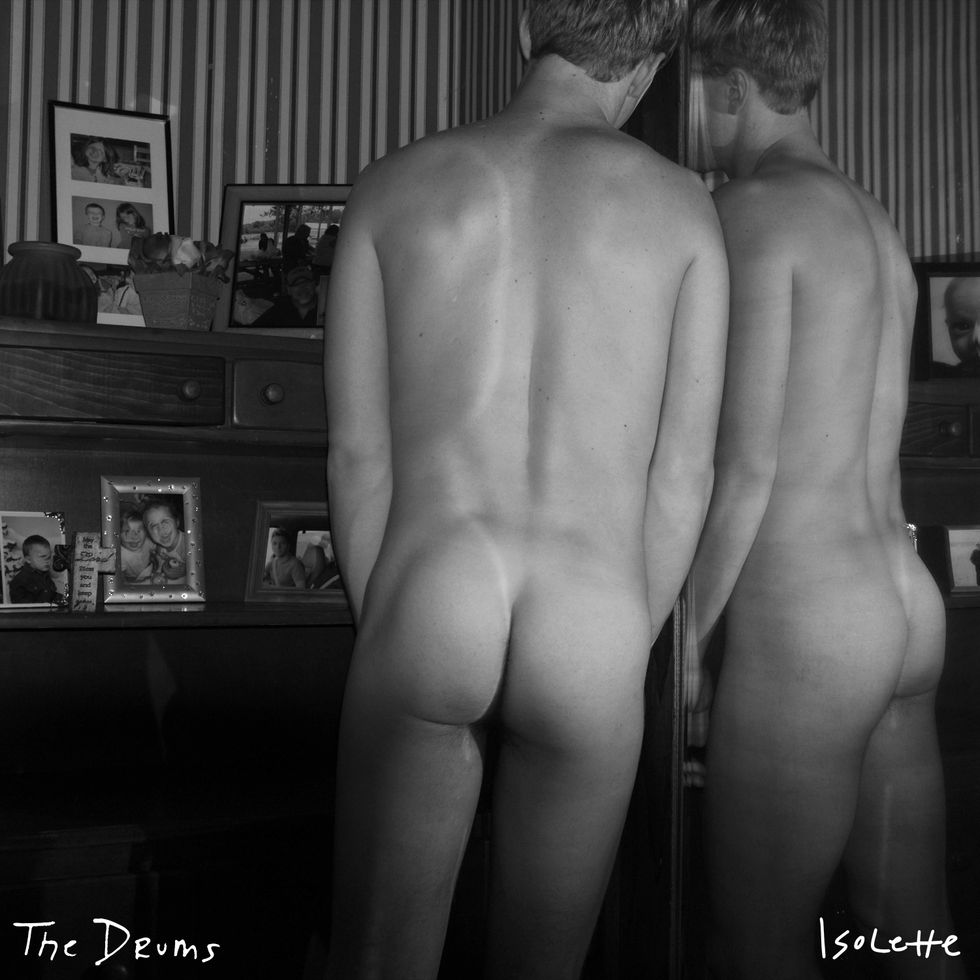
The album’s themes go to this place where you’re dealing with how you were raised and your experiences — from family trauma to religious trauma you dealt with. But sonically, it’s very buoyant, very bright. Was that intentional to reflect the human experience?
The answer is pretty layered but I'll try to simplify it. I've thought a lot about this and I've been asked about this before. What pops up in my head is that a lot of my messaging is on the heavier side, it’s serious maybe more somber. To take a heavy truth and roll it in sweet syrup or something then offer it to the world, maybe how my music is more easily digested while also having meaning. A song can be very meaningful and you can dance to it. It's exactly what you said, it's a reflection of what it is to be human, all of these parts coming together that are just this big cornucopia of a mess and how beautiful that is. I think maybe that's why people respond to my music in that way because it connects to that part of them. That is the mess.
When I was young, without even knowing I made the decision to just try to survive and be loved and feel like I belonged. So, I learned to be charismatic, I taught myself how to dance and to sing and play music. I started bands and I’d book bands. I learned to be big, bright and charming. But that was so removed from what was inside, I was scared and sad and lonely. I thnk that’s how I write my songs, because at the core of the songs there’s a sad little boy but outside there’s that dancing Jonny. So, if I’m being honest maybe there's real insecurity still in my process that for me to write a sad song that also sounds sad might be too scary. I won’t be loved. That little boy might be afraid and he’s up to his old tricks [because that’s] how he survived. You’ve given me something to think about.
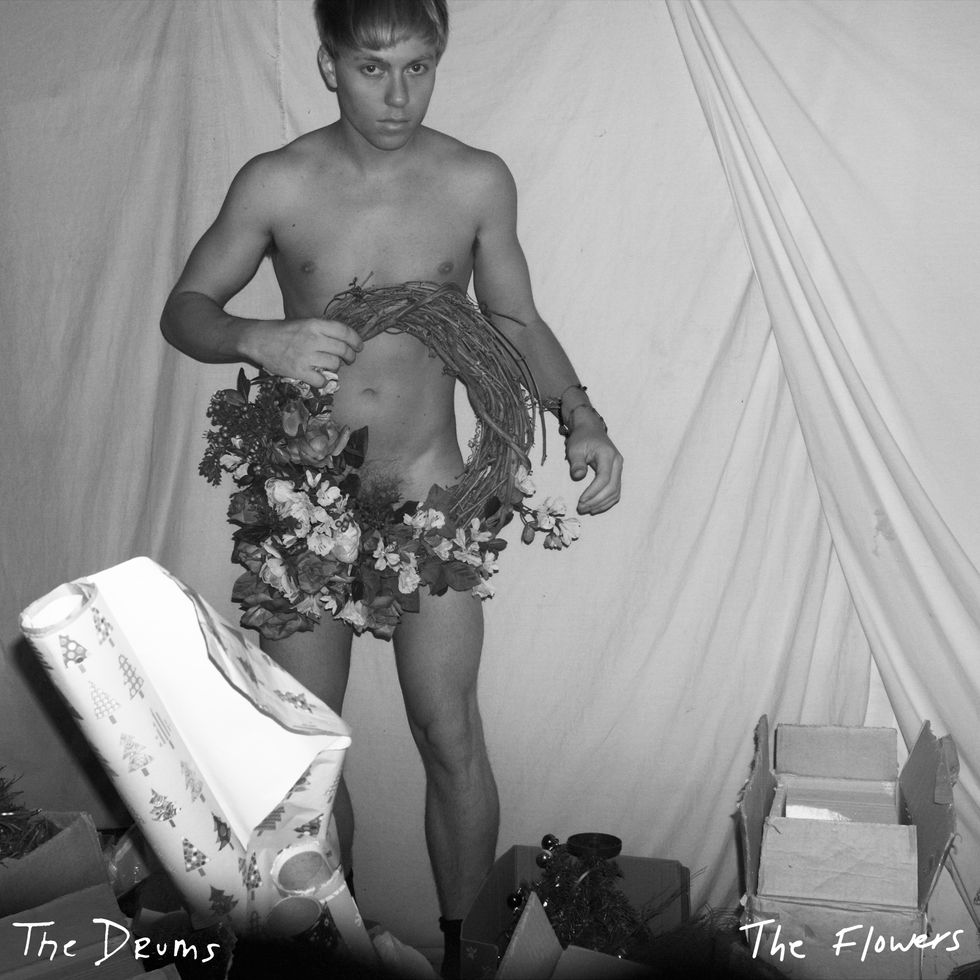
I wanted to ask about the album imagery that you took naked in your childhood home. What was the initial inspiration for breaking into your childhood home and revisiting and documenting your past in this way?
There's a lot of layers to why I did that. I could look back and just go, "That was crazy, that was manic." Maybe that was one layer of it, you know, I'm all about the truth so we can put that out there. But then maybe I needed to be in that space as sort of a spiritual and physical rebellion. Sort of paving over this feeling of being powerless, to bring my naked body... I grew up with three brothers, and I'd never seen any of them with their shirts off. We were the most modest family, even swimming we wore shirts. So to be naked and be a homosexual, and say "I’m going to photograph my beautiful gay body," it almost felt like going into a cocoon and coming out of the house as a butterfly. What I loved most about this is because the album, like what I was saying before, was giving voice to all these different parts of me. And I love that these photos were taken 10 years ago because it makes the whole thing symbiotic. The imagery of the album was a gift from the younger parts of me to modern-day me. It’s like this cyclical flow of love.
I haven't said this before but the only intimacy I ever felt with my parents was in a space of discipline or punishment, like, two people in a room. Discipline, punishment or just trauma, there is an intimacy in that an unhealthy intimacy. For me, having all these siblings and me being sort of this punching bag as a kid, suddenly it's alone time with dad, or alone time with mom. I wonder if me going back to that house and putting myself in those spaces of danger, and vulnerability and making myself naked is me trying to connect with my parents in some way. I think I'm describing Stockholm Syndrome or something adjacent to it. It's complex and strange and beautiful and powerful and powerless.
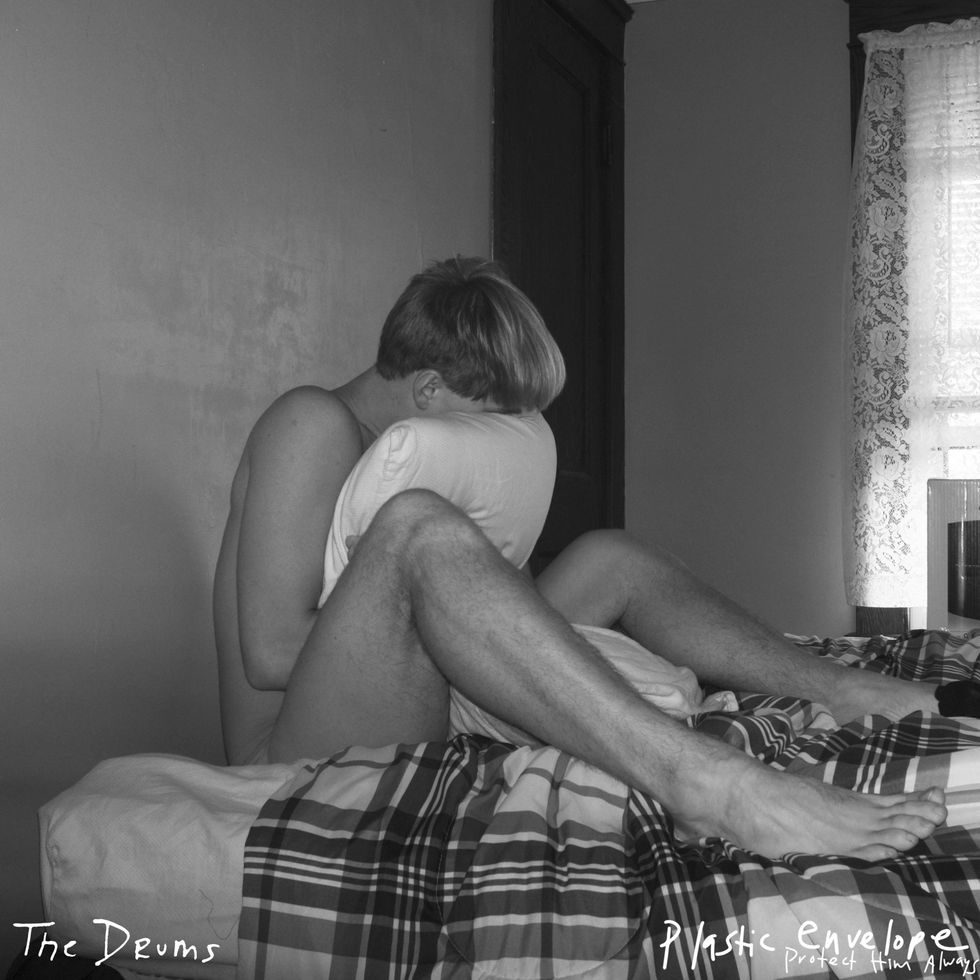
Now that this album has been birthed into the world and you've been able to share it do you feel like this process has allowed you to exorcise some things and heal?
I feel like everything I have done and written in my life and released out into the world has led to this album. I also believe that this album is another step in what is leading to the next phase of my life as a human being and an artist and as someone who will make another album. The biggest change for me is that in the past, I wrote from my head, and now I'm writing from my heart. In this album, there are songs of longing and feeling desperate and scared and there's a lot about desiring. But it's sort of a place of understanding my desire and understanding my longing instead of just feeling like I'm in this big, bottomless pit and screaming out in chaotic desire. There's intention now and there's a self-knowing that is guiding how I write my songs. There has been a lot of being with myself and loving myself through the process. It's a real testament to how much love went into making this album. There's a real freedom and a real peace that comes with that.
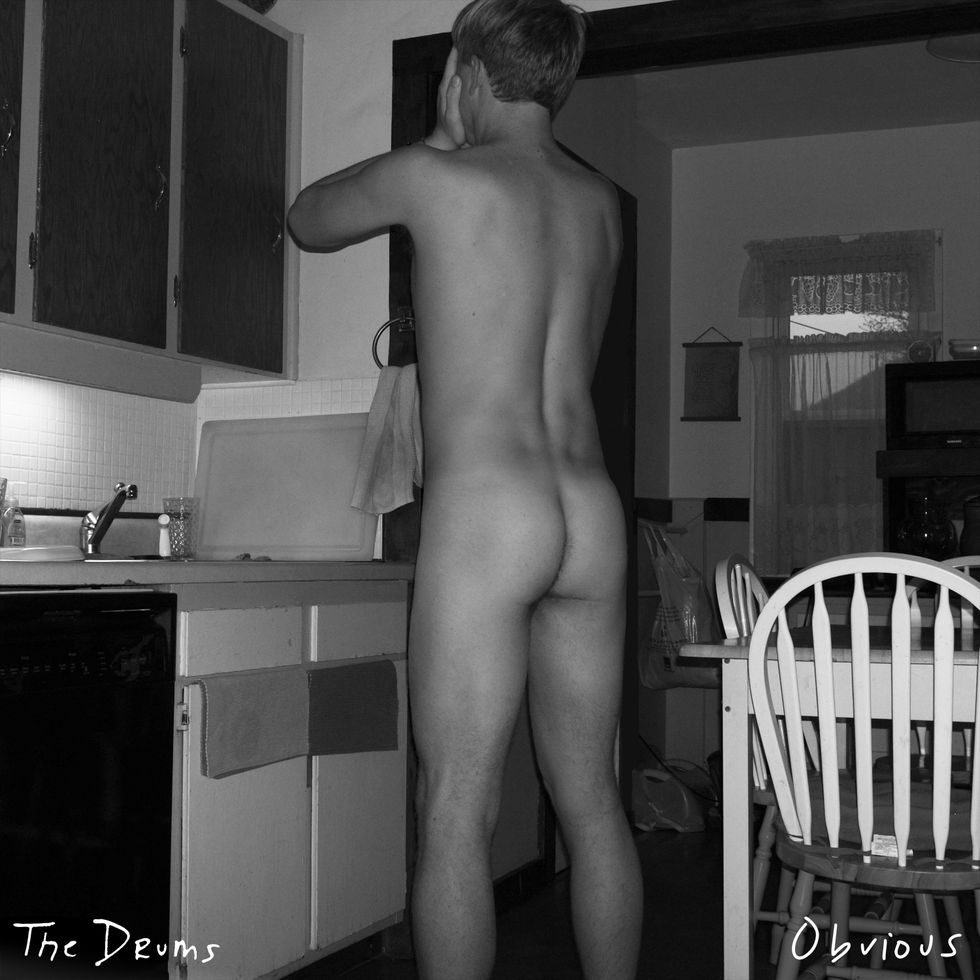
Photography: Qiao Meng
Album artwork: Jonny Pierce
From Your Site Articles
Related Articles Around the Web
MORE ON PAPER
Entertainment
Rami Malek Is Certifiably Unserious
Story by Joan Summers / Photography by Adam Powell
Story by Joan Summers / Photography by Adam Powell
14 November
Music
Janelle Monáe, HalloQueen
Story by Ivan Guzman / Photography by Pol Kurucz/ Styling by Alexandra Mandelkorn/ Hair by Nikki Nelms/ Makeup by Sasha Glasser/ Nails by Juan Alvear/ Set design by Krystall Schott
Story by Ivan Guzman / Photography by Pol Kurucz/ Styling by Alexandra Mandelkorn/ Hair by Nikki Nelms/ Makeup by Sasha Glasser/ Nails by Juan Alvear/ Set design by Krystall Schott
27 October
Music
You Don’t Move Cardi B
Story by Erica Campbell / Photography by Jora Frantzis / Styling by Kollin Carter/ Hair by Tokyo Stylez/ Makeup by Erika LaPearl/ Nails by Coca Nguyen/ Set design by Allegra Peyton
Story by Erica Campbell / Photography by Jora Frantzis / Styling by Kollin Carter/ Hair by Tokyo Stylez/ Makeup by Erika LaPearl/ Nails by Coca Nguyen/ Set design by Allegra Peyton
14 October
Entertainment
Matthew McConaughey Found His Rhythm
Story by Joan Summers / Photography by Greg Swales / Styling by Angelina Cantu / Grooming by Kara Yoshimoto Bua
Story by Joan Summers / Photography by Greg Swales / Styling by Angelina Cantu / Grooming by Kara Yoshimoto Bua
30 September
Music
Demi Lovato Is No Joke
Story by Ivan Guzman / Photography by Jason Renaud / Styling by Chris Horan/ Makeup by Loftjet / Set design by Allegra Peyton
Story by Ivan Guzman / Photography by Jason Renaud / Styling by Chris Horan/ Makeup by Loftjet / Set design by Allegra Peyton
15 September
